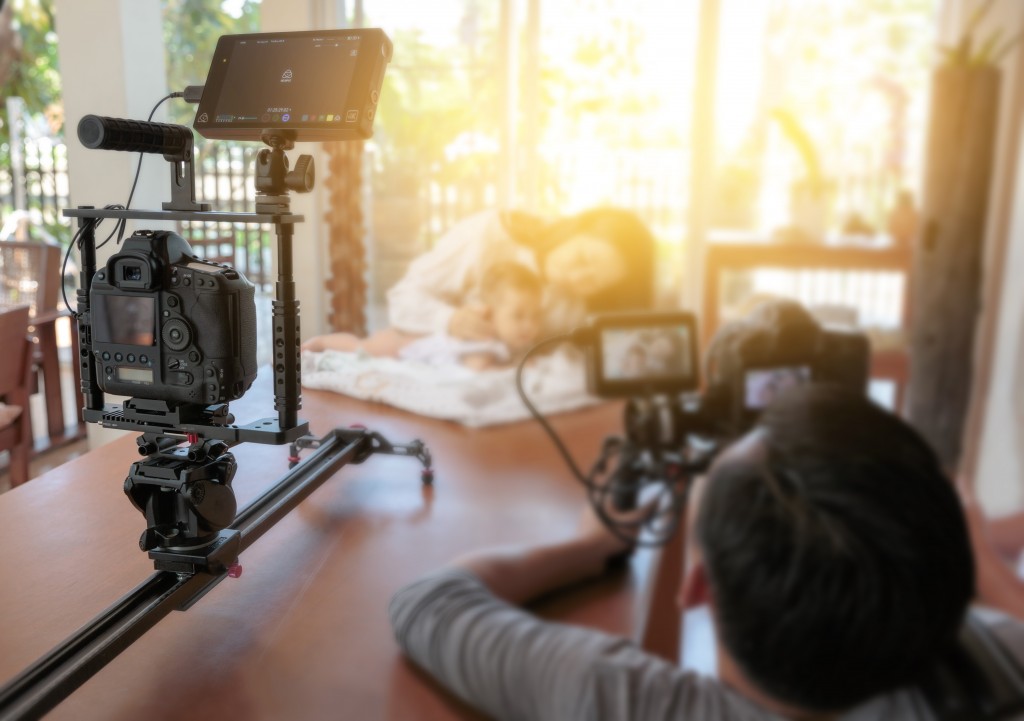When people start arguing about needlepoint vs. cross-stitch, I always tell people that I prefer the use of a sewing machine. After the gasps and the swooning, I explain that, for me, sewing has always been a practical hobby for me, and while needlepoints and cross-stitching will always produce beautiful designs, you just can’t match the speed and performance of a vintage Singer sewing machine.
And if you were going to rely on a sewing machine, is there really anything else you’d want to use than a vintage Singer? Sure, the newer Singer models are light-weight and faster, but the whole process of using a vintage Singer sewing machine, from threading and bobbin to controlling the speed with the foot pedal, gives me such a satisfying feeling that is unmatched by modern technology.
What are Singer Sewing Machines?

The Singer sewing machine is a line of domestic sewing machines that have been around since 1851. The machines are noted for their ease-of-use, versatility, and sheer durability, with many vintage models from the early 19th century still being used and still maintaining a high quality of stitching. They were also easy to use: you could use these sewing machines to learn how to sew with needle and thread, cross-stitch, and other variants of sewing.
Beyond that, vintage Singer sewing machines are also pretty valuable, thanks to the company investing heavily on the aesthetic design of each machine they produce. Vintage Singer sewing machines are noted for their gentle curves, brass details, and heavy-duty metal components.
Over time, the Singer company started moving away from the metal base and wooden box combination that vintage and antique machines used in favor of lightweight plastic and aluminum, further increasing the value of vintage and antique Singer sewing machines. *
One downside, however, is the price and size: a rare Red S Singer Sewing machine from the ‘20s sold at auction for about $2,100, with other vintage machines ranging from $50 all the way to $500, depending on the age of the machine and the condition. And vintage Singer sewing machines are behemoths: again, depending on the model and the year it was produced, these machines can weigh from 10 pounds all the way up to a whopping 30 pounds. And that’s just the machine itself; most vintage Singer sewing machines will almost-always come with a sewing table, bringing the total weight to up to 70 pounds.
Again, you could opt for newer models which are much cheaper, definitely much lighter, are much faster, and are just as reliable, but also again, using a vintage Singer sewing machine is a relaxing and, for me, meditative, process that just makes sewing even more enjoyable than it already is.
*note: ‘antique’ Singer sewing machines are those machines that are more than 100 years old, while anything below 100 years old but older than 50 years old is considered vintage.
How to Thread an Old Singer Sewing Machine

Threading an old Singer sewing machine takes a bit of time and patience, mostly because most of the components in the machine are manual, which means a few steps that we take for granted when we use a modern machine have to be taken care of in a more active manner. Here is how to thread an old Singer sewing machine
Step 1: Get to Know Your Machine
Every Singer sewing machine model is different, with variations in components, parts, and tools. Get familiar with your unique machine and, if it comes with it, read the instruction manual. Visually inspect your machine, taking note of all the thread hooks, loops, bobbin mounts, and other parts. Memorize these and try to picture in your head how you’re going to set-up your thread through those hooks.
This is my favorite part of using a vintage sewing machine: because most of the threading process is manual, it allows me to be more familiar with my machine and how it works, not to mention allows me to do a bit of puzzle-solving and critical thinking!
Step 2: Thread Your Yarn Through the Front of the Machine
I’ve found that the best way to thread an old Singer sewing machine is by taking the top thread and threading through the front. First, weave the thread through a hook at the top of the machine. This changes the direction of the thread so its now oriented downwards.
Next, take the thread and weave it through the tension assembly. The tension assembly allows you to set the right amount of tension on the needle as it sews. Needle tension is important depending on the type of fabric you use -too much or too little on the wrong fabric and you can end up tearing your cloth instead of fixing it!
After the tension assembly, take your thread through the uptake lever. This is the part of the machine that goes up and down and is responsible for feeding the thread into the machine and out of it. Once that’s done, take your thread and weave it through three hooks that guide it towards the needle.
And now, all you have to do is thread through the needle, and you’re almost ready to sew!
Step 3: Place the Bobbin in the Casing

Before you can start using your sewing machine, you’ll need to set up the bobbin. The bobbin is the cylinder or spindle that the thread is wound through. Sounds simple enough, but this part is where a lot of people who use vintage Singer sewing machines have a problem with.
The old Singer sewing machines -at least, the vintage and antique ones -don’t really have clear directions about which way the bobbin is to be set up. In general, though, try to make sure that the bobbin in the machine is threading out in a counterclockwise direction.
To do this, place the bobbin in the casing and thread through a small area at the top of the machine to find the special gap. From here, you can see which way your bobbin is spinning, allowing you to adjust it before you start sewing.
Step 4: Place Bobbin in Machine
Once the bobbin is in its casing, place it into your vintage Singer sewing machine. You’ll know its attached and secure when you hear a distinct snap as you place the bobbin. Do NOT start your machine if you don’t hear this snap: this means that your bobbin is not placed all the way in the machine, and if you start sewing without a secure bobbin, the bobbin will fall out.
Once the bobbin is secure in the machine, pull the bobbin thread by holding the machine’s top thread, turning the hand wheel until the needle completes a full stitch, and then carefully pulling on the top thread until you can see the bobbin thread going up and out.
Congratulations, you’ve successfully threaded an old Singer sewing machine! Enjoy!




